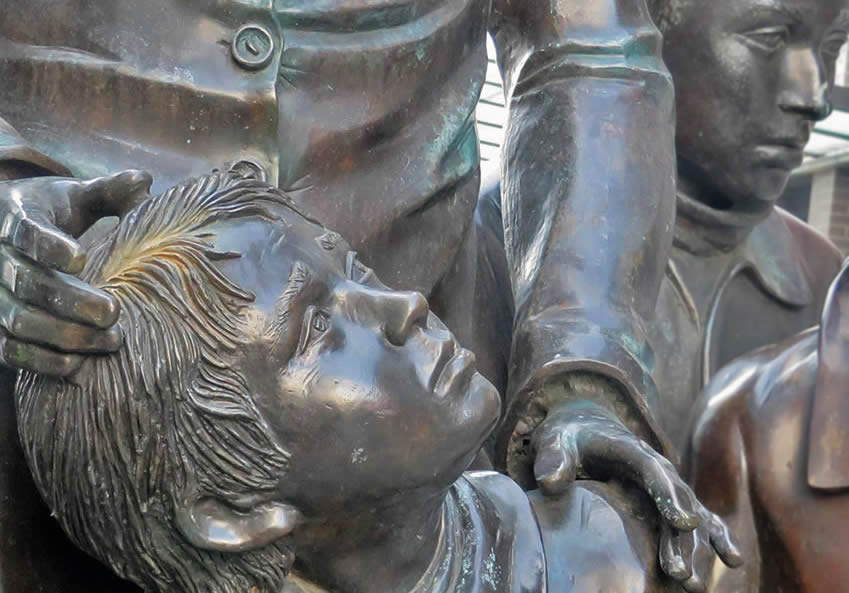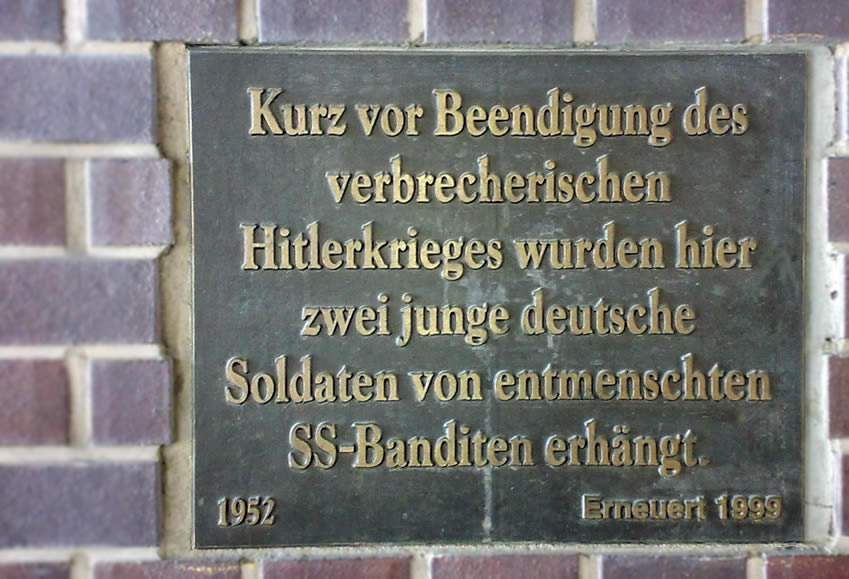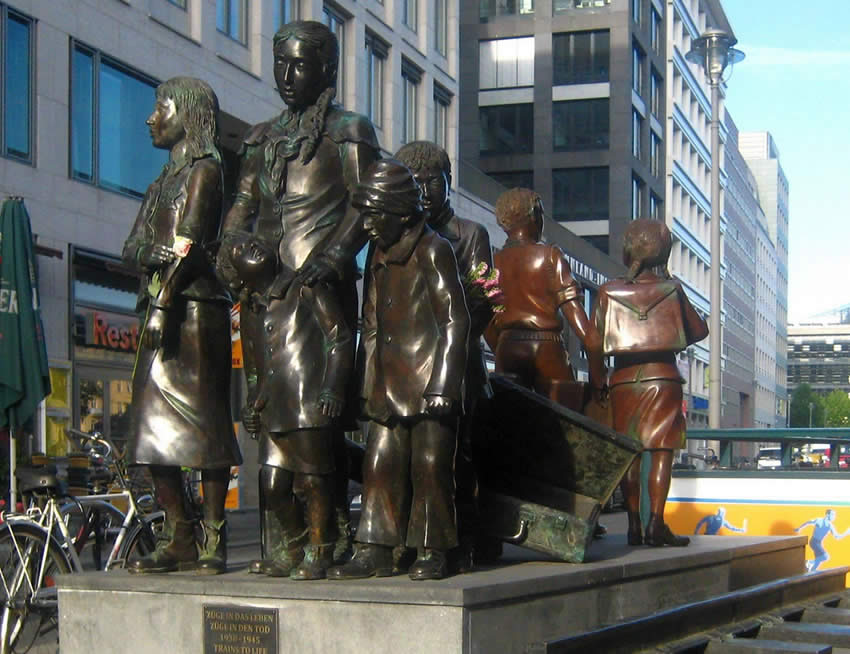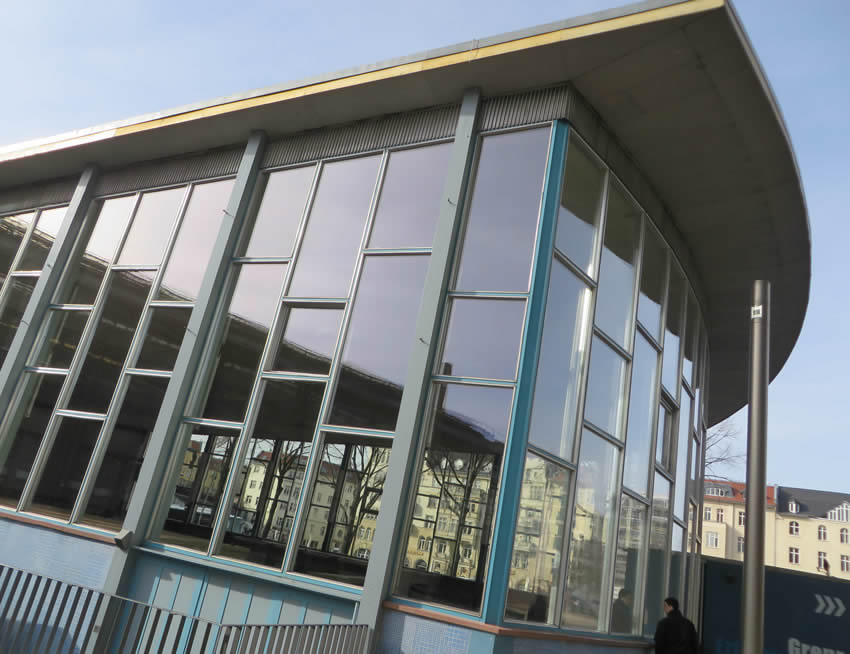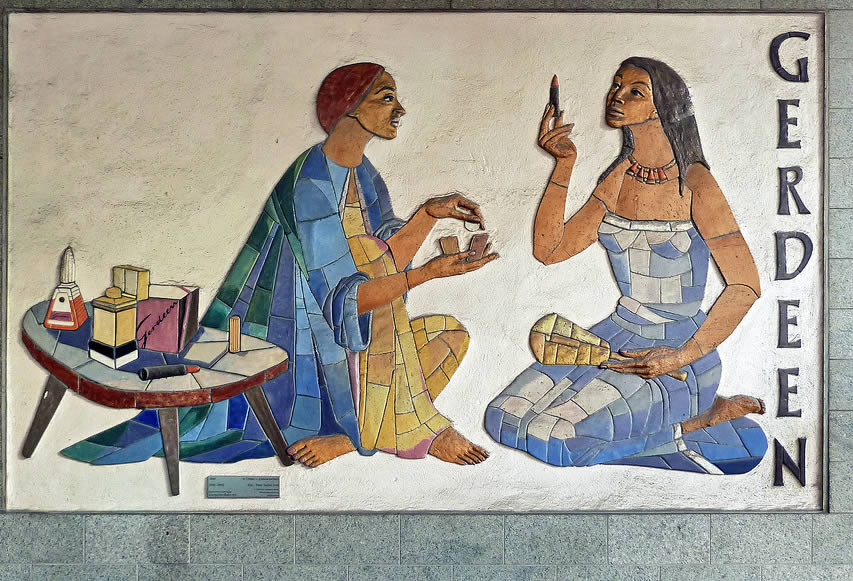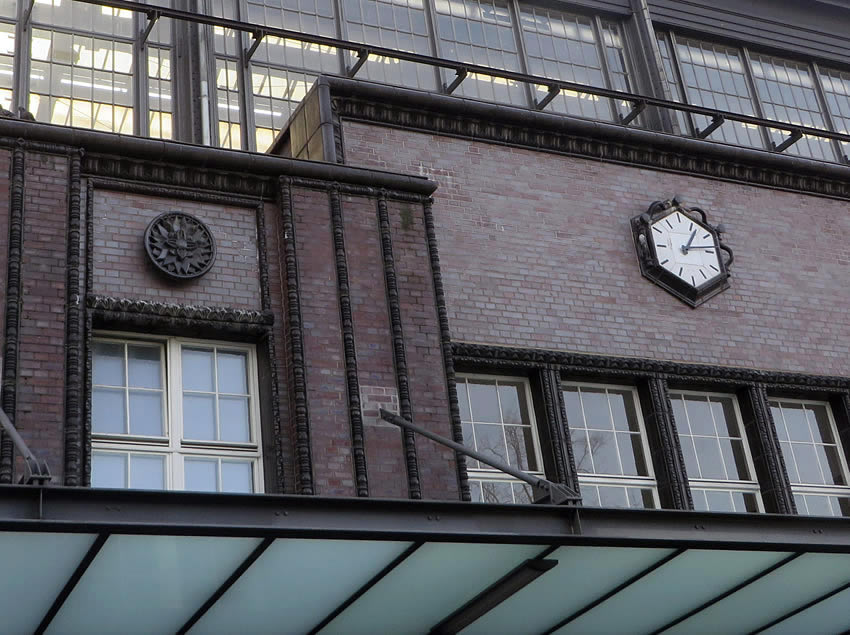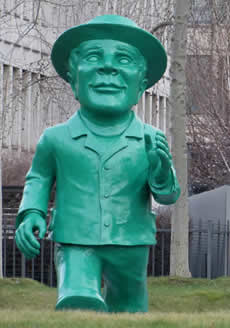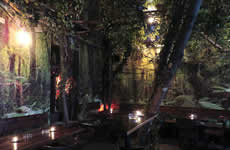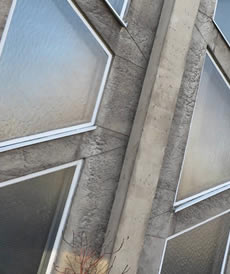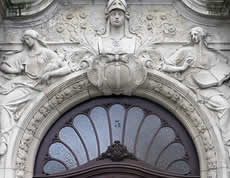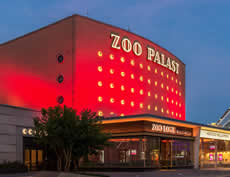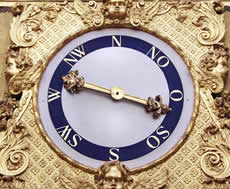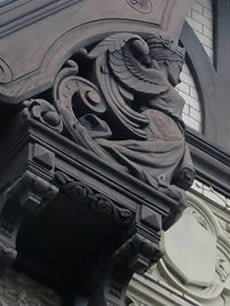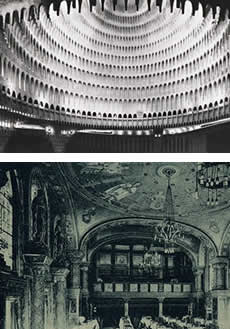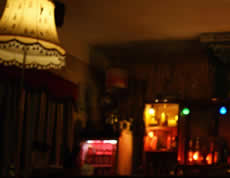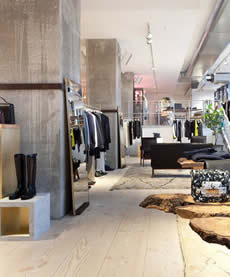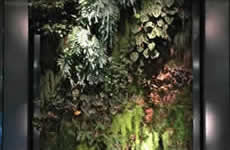Berlin
Tragedy, trauma and transformation: tracking Friedrichstrasse Station's past
At some point, most visitors to Berlin are likely to pass through Friedrichstrasse Station.
A gateway to some of the city's most popular sights and attractions, it's a landmark, too, that still bears many signs of Berlin's turbulent past.
Some are well known, others much less so, but together they constitute a fascinating, if often troubling, history. A remarkable overview, in fact, of the story of the city itself.
A tragic memorial
On an exterior wall situated next to the entrance of what's now a MacDonald's, a simple bronze plaque reads:
Shortly before the end of Hitler's criminal war two young German soldiers were hanged here by inhuman SS bandits.
It refers to the April 1945 execution of two unknown recruits - purportedly teenagers - who paid with their lives for refusing to fight further in a war that was already lost.
In fact, during the final days of the war many others were put to death for 'desertion', but this incident seems to have struck a particular chord: a makeshift wooden commemorative tablet appeared here soon after Germany's defeat, making it one of the first of Berlin's war memorials.
An aluminium plaque took its place in 1952, which was renewed several times before the current placard was embedded into the station wall during a 1999 renovation.
Kindertransport - a story of life and death
Beside the station in Georgenstrasse, another bronze memorial reflects on lives lost as well as saved.
The sculpture 'Trains to Life – Trains to Death' commemorates the 1.6 million children murdered in the Holocaust, as well as 10,000 who found refuge in England just 8 months before the outbreak of war.
Created by Frank Meisler, himself one of the children involved in the so-called Kindertransport rescue mission, a further three sculptures are erected along the children's route to safety, including London's Liverpool Street station, their final destination.
A Palace of Tears
During the Cold War period, when Friedrichstrasse station lay entirely in East German territory, it found dubious fame as an intersection which still received trains from the western part of the city, as well as long-distance transport from countries outside the Iron Curtain.
Platforms, however, were segregated with steel walls and heavily guarded.
A major crossing between East and West Berlin was also located just outside the station itself, and in 1962 GDR authorities constructed a modern steel and glass building here to facilitate border control.
Nicknamed The Palace of Tears (Tränenpalast) because of the distraught farewells that regularly occurred beside it, the building is now a listed monument.
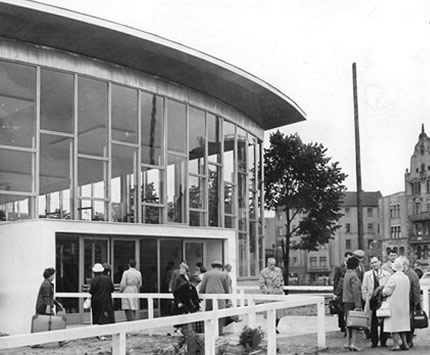
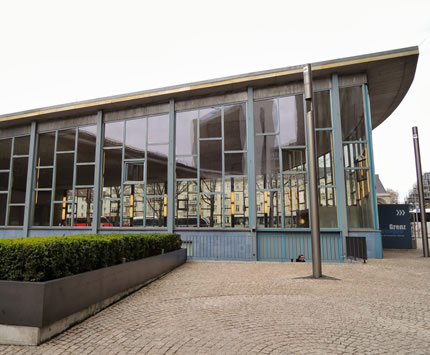
Makeup and a makeover
A far less well-known (and thankfully lighter) relic of the station's ex-GDR days comes in the form of a preserved mosaic found at the south-east entrance to the U-Bahn system (below, left).
In mock-Egyptian style, it extols the virtues of Gerdeen cosmetics, a brand of officially sanctioned GDR makeup.
And elsewhere on the station walls, several further plaques attest to the building's most recent transformation. Names such as Villeroy & Boch commemorate the reconstruction of the fine ceramic ornamentation with which the edifice is endowed. Dating from between 1919 and 1925, the characteristic dark tiling was restored back to its original condition in 1999 (below).
See also:
The architectural masterpiece that nearly was
A lost expressionist theatre
A market and a secret passage
Friedrichstraße Station: Friedrichstraße 141/142, 10117 Berlin
Palace of Tears / Tränenpalast: Reichstagufer 17,
10117 Berlin
Kindertransport memorial: Georgenstrasse, 10117 Berlin
